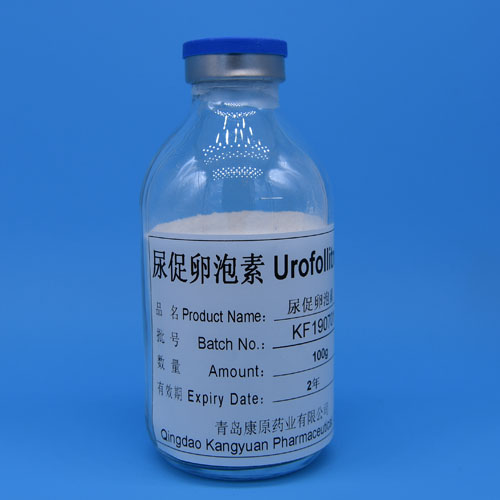Ulinastatin is a naturally occurring protease inhibitor that has been used
to treat various medical conditions, such as acute pancreatitis, sepsis, and
acute respiratory distress syndrome. Here is an overview of the manufacturing
process of ulinastatin:
Fermentation
The first step in the manufacture of ulinastatin is the fermentation of a
selected strain of bacteria, usually Bacillus subtilis or Escherichia coli. The
bacteria are cultured in a nutrient-rich medium under controlled conditions,
including temperature, pH, and aeration. The fermentation process can last from
several hours to several days depending on the specific strain of bacteria
used.

Harvesting
Once the bacteria have grown, they are harvested and separated from the
fermentation broth using centrifugation or filtration. The resulting cell pellet
is then washed with buffer solution to remove any extraneous proteins and other
unwanted materials.
Extraction
The cell pellet is then subject to several rounds of extraction, usually
with alkaline solution, to release the ulinastatin protein. The extracted
protein is then purified using techniques such as column chromatography,
ultrafiltration, and diafiltration to remove impurities.
Formulation
After purification, the ulinastatin protein is formulated into its final
dosage form, usually as a lyophilized powder or solution. Excipients such as
mannitol, lactose, or glycine may be added to stabilize the protein and improve
its solubility.
Quality control
Throughout the manufacturing process, strict quality control measures are
implemented to ensure the final product meets the required specifications for
potency, purity, and safety. Quality control tests may include assays for
protein concentration, purity, and activity, as well as tests for sterility,
endotoxins, and other impurities.
In conclusion, the manufacture of ulinastatin involves several complex
steps, including fermentation, harvesting, extraction, formulation, and quality
control. The final product must meet strict regulatory requirements before it is
considered safe and effective for use in patients.